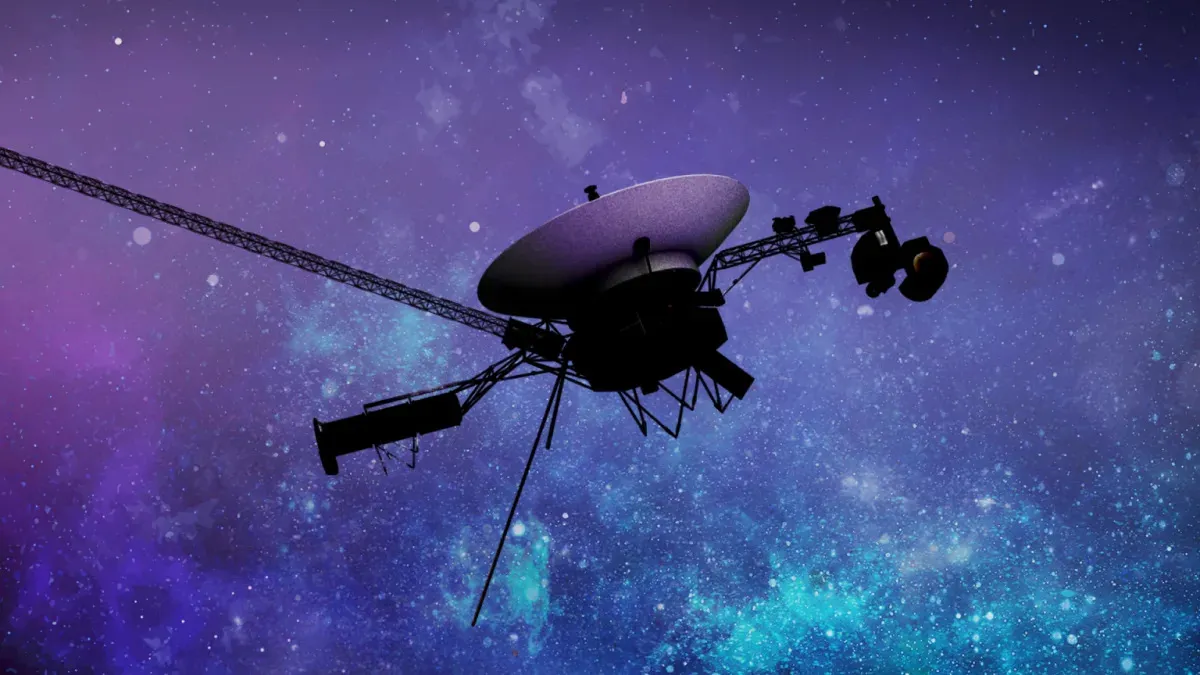
Nearly 50 years after their initial launch, NASA's twin spacecraft, Voyager 1 and Voyager 2, continue their remarkable journey through interstellar space. Despite facing various challenges over the years, these probes have consistently captivated scientists and space enthusiasts alike. Recently, NASA announced critical measures to extend the lifespans of these iconic probes due to a dwindling power supply.
On February 25, NASA’s Jet Propulsion Laboratory (JPL) took decisive action by turning off Voyager 1's cosmic ray subsystem experiment. Following this, on March 25, Voyager 2's low-energy charged particle instrument will be powered down as well. According to Suzanne Dodd, the Voyager project manager at JPL, "The Voyagers have been deep space rock stars since launch, and we want to keep it that way as long as possible." However, with their electrical power running low, these steps are essential to prolonging their operational life.
Each Voyager spacecraft will continue to operate three scientific instruments, while seven others have been turned off over the years to conserve energy. Notably, just last October, Voyager 2's plasma science instrument was also shut down. This strategic management of resources is crucial; without these adjustments, both probes would likely only have a few more months of power remaining before NASA would have to declare an end to their missions.
Over the past year, both spacecraft have encountered significant technical issues. In June 2023, Voyager 1 resumed normal operations after enduring seven months of challenges, including unreadable data. This wasn't the first instance; a similar problem occurred two years earlier. Meanwhile, Voyager 2 experienced a two-week blackout in 2023, following the need for technical assistance just three years prior. Despite these setbacks, NASA remains committed to the Voyagers, with Linda Spilker, the Voyager project scientist at JPL, stating, "Every minute of every day, the Voyagers explore a region where no spacecraft has gone before." She acknowledges the precarious nature of their mission, noting that "every day could be our last," but also emphasizes the potential for new interstellar discoveries.
NASA is making every effort to ensure that Voyagers 1 and 2 continue their trailblazing journey for as long as possible. There is a shared hope among the team that they can remain operational until their 50th anniversary in 2027. While some may view this goal with skepticism, the agency's dedication to these spacecraft is evident. As the Voyager probes approach this significant milestone, the scientific community eagerly anticipates what new revelations may arise from their ongoing exploration of the cosmos.